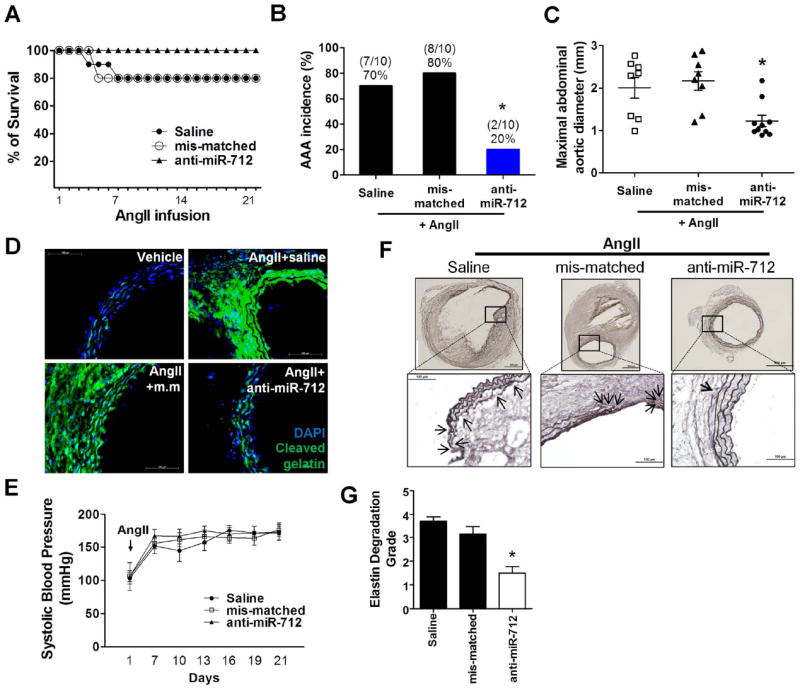Figure 3. Inhibition of miR-712 prevents AngII-induced AAA.

ApoE-/- mice (24-26 weeks) injected with mis-matched control or anti-miR-712 (5 mg/kg each) were infused with AngII (1 μg/kg/min) or vehicle for 3 weeks via osmotic minipumps. (A,B) The survival and incidence rate of AngII-induced AAA in anti-mR-712 treated group compared to saline or mis-matched anti-miR controls are shown. Survival rates were estimated with Kaplan-Meier analysis (p=0.34). The significance of the incidence were tested by Fisher’s exact test (p<0.05; n=10 each group). (C) Maximal abdominal aortic diameter quantitated using the H&E stained section; compared to saline or mis-match control group.The data was analyzed using the Kruskal-Wallis test followed by the Mann-Whitney U-test using Bonferroni correction to adjust the probability (*p<0.05; n=10 each group). (D) shows in situ zymography using DQ-gelatin (green) to determine MMP activity in AngII-infused abdominal aortic sections with saline, mis-matched control or anti-miR-712 injected group (scale bar =100 μm). (E) shows systolic blood pressure measured in AngII-infused mice treated with anti-miR-712 compared to saline or mis-matched controls (n=10 each group). (F) Elastin fragmentation was evaluated by histochemical staining with Orcein elastin stain kit using aorta sections of saline, mis-matched control and anti-miR-712 treated groups.Upper panels : low magnification (scale : 500 μm); lower panels : high magnification (scale bar : 100 μm; elastin : dark brown). (G) shows quantitation of elastin degradation. The data was analyzed using the Kruskal-Wallis test followed by the Mann-Whitney U-test using Bonferroni correction to adjust the probability (*p<0.05; n=6 each group).
